7 Headache Healing Foods
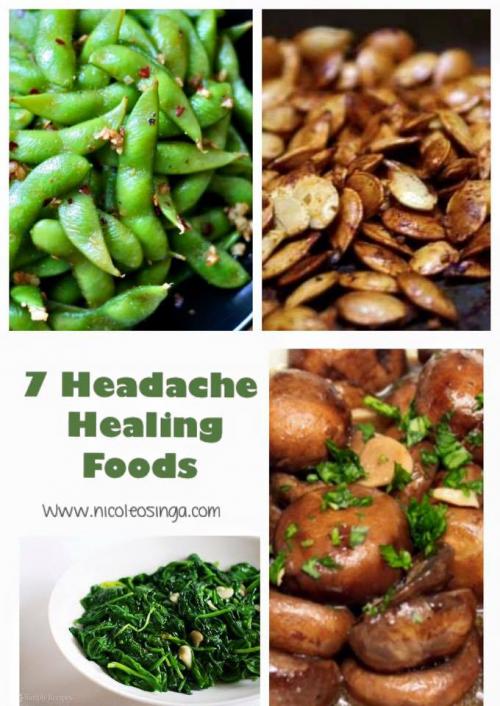
There are many ‘triggers’ that can bring on a headache– some are environmental, others hormonal. There is a fairly large chance that your headache is food related – diet often plays an important role in headache pathophysiology because 60% to 80% of the immune system is in the gut. When a reactive food or chemic is eaten, our immune system releases mediators, which in turn produce pathophysiologic effects aka headache pain.
If you get frequent headaches, I recommend that you first start tracking them in a food diary. Documenting frequency and severity alongside your meals and snacks can make it easier to pinpoint your triggers. Seeing a Registered Dietitian can also help!
Foods That Can Trigger Headaches
Below are some common food triggers of headaches and migraines.
- Artificial sweeteners such as aspartame and sucralose (found in many ‘diet’ or ‘light’ foods).
- Tannins (found in red wine, red grapes, some tea, coffee,chocolate).
- Tyramine – found in aged cheese, salted or smoked meat (salami, liverwurst) and soy–based products (miso, soy sauce).
- Citrus (oranges, grapefruit)
- MSG (Chinese food, meat tenderizers)
- Caffeine (coffee, tea, dark pop, chocolate)
- Sulfites and nitrites (processed meats, processed salads like potato or macaroni)
Foods That Can Help Headaches
Vitamin and mineral deficiencies can instigate migraines. Diets low in magnesium, riboflavin (a B vitamin) and coenzyme Q10 have been found to reduce migraine frequency. Adults need 310-420 mg of magnesium daily and 1.1 mg to 1.3 mg of riboflavin daily, depending on your age and gender. There is no official daily recommended amount of coenzyme Q10 set, but manufacturers have recommended doses of CoQ10 ranging between 22-400 milligrams.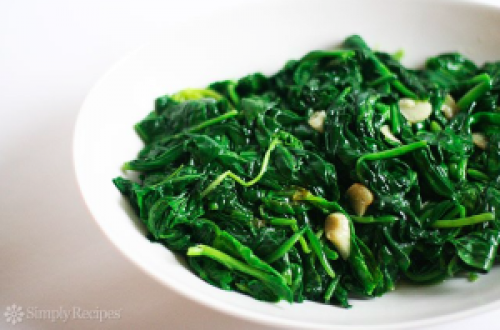
1. Spinach: For one cup of cooked spinach, you get 159 mg of magnesium (39% daily value or DV) and 0.4 mg of riboflavin (31% DV). Spinach is also a source of co-enzyme Q10. Lightly cooking spinach (such as sautéing or steaming) can make nutrients such as calcium more bio-available!
2. Soy beans (edamame): For one cup of cooked soy beans, you get 148mg of magnesium (37% DV) and 0.3 mg of riboflavin (23%). Soybeans are also one of the best plant sources of co-enzyme Q10. Make a yummy edamame salad or a broth bowl with soba noodles and edmamae!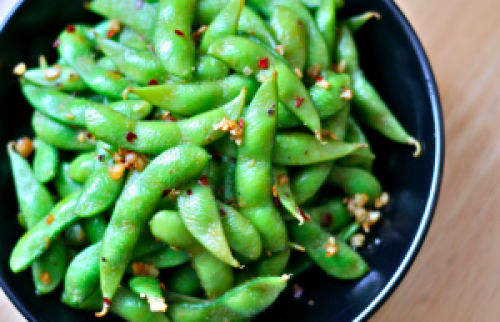
3. Fish (mackerel): For a 3 ounce serving, you get 82mg of magnesium (21% DV) and 0.49mg of riboflavin (38% DV). You’ll also find some co-enzyme Q10 in mackerel. We know that fish is good for the brain because of it’s omega 3 presence, now we know fish is also good for headaches!
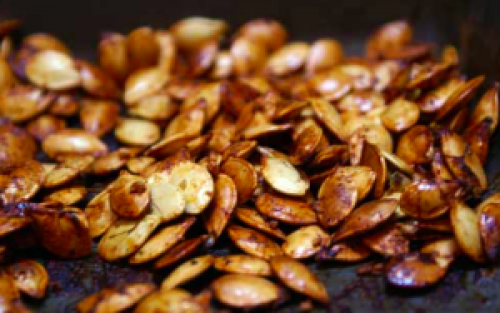
4. Squash and Pumpkin seeds: For one ounce, your get 150mg of magnesium (37% DV). Sprinkle them on top of salads,
smoothie bowls, soups or cereal!
5. Tempeh: for ¾ cup you get 110 mg of magnesium (28% DV) and 0.5 mg of riboflavin (38% DV). This fermented soy product is delicious marinated – try making some tempeh bacon!
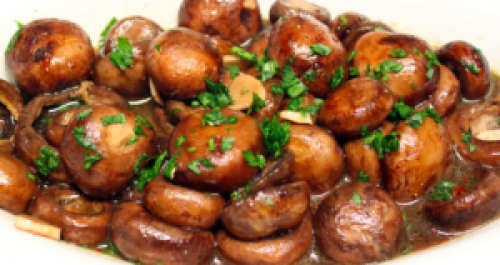
6. Mushrooms: For 1 cup of cremini mushrooms, you’ll get 0.4 mg (31% DV) of riboflavin.
7. Almonds: For 1 ounce, you get 76 mg of magnesium and 0.28mg (17% DV) of riboflavin.